Midrib and petiole borer (Diptera: Agromyzidae) in Calystegia [0112]
| Order | Diptera |
|---|---|
| Family | Agromyzidae [P] |
| Lower taxon | undetermined |
| No. spp. involved | One confirmed |
| Feeding mode | Midrib and petiole borer |
| Host plant | Hedge bindweed, Calystegia sepium (Convolvulaceae) |
Each larva of this borer appears to inhabit just a single leaf, tunneling out the interior of the petiole and sometimes part of the midrib as well. The walls of the tunnel have a noticeably ragged look to them. The leaf may wilt or shrivel and turn yellow or brown, betraying the presence of a larva at work in the leaf stalk. Some larvae prepare an exit shaft to near the surface of the petiole and pupate there, leaving the epidermis intact except for penetrating it with the anterior spiracles. The finding in 2022 of other petioles with completed tunnels but no culprits present suggested that these leaves' larvae had exited the petioles and pupated externally, but this was not confirmed. An effort to rear adults from overwintered puparia in 2022-2023 was unsuccessful.
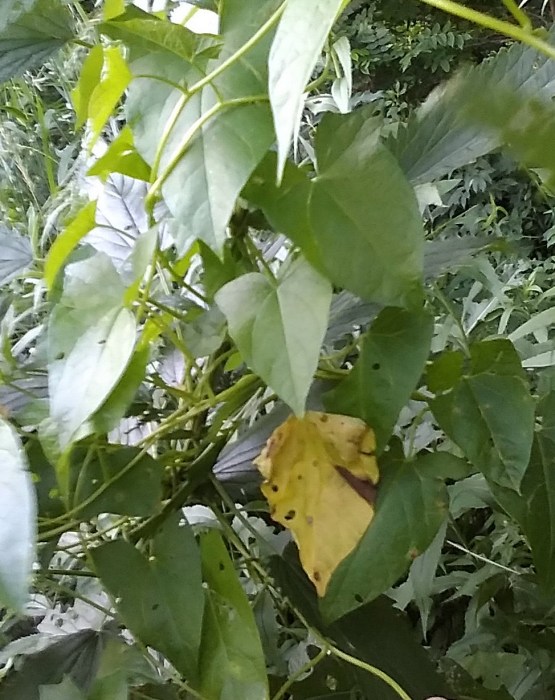
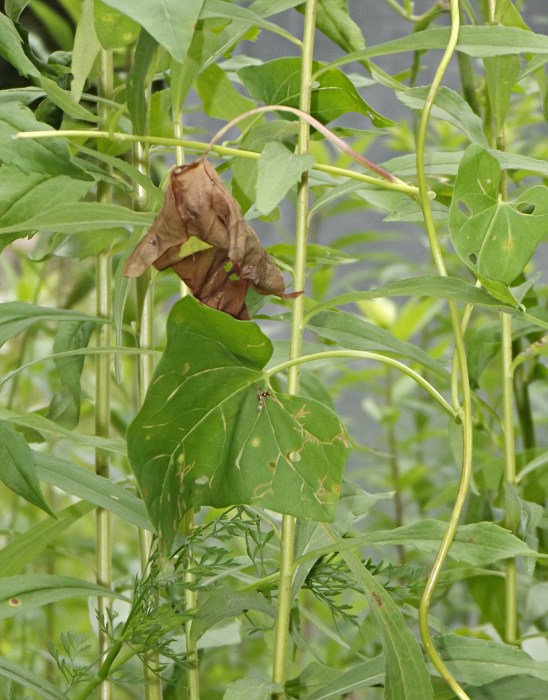
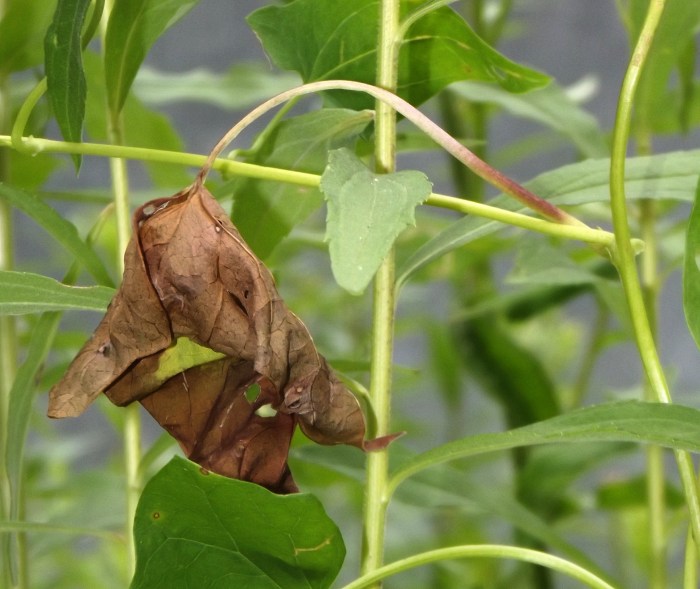
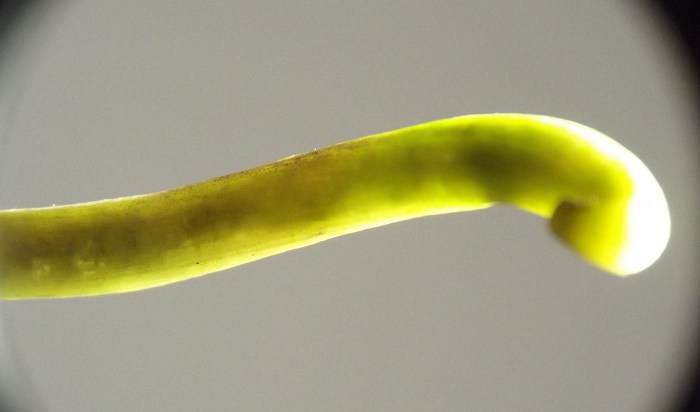

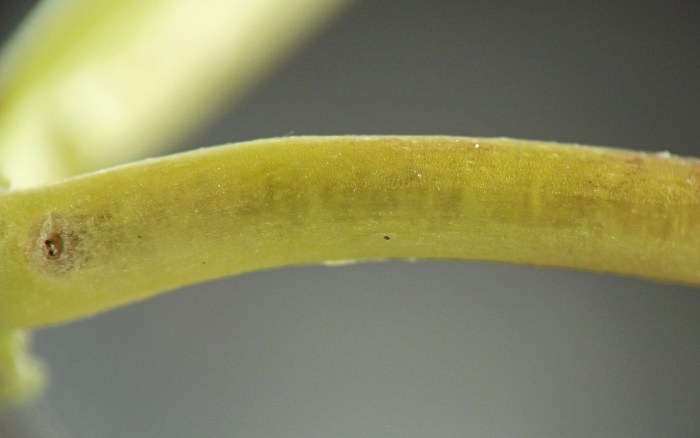
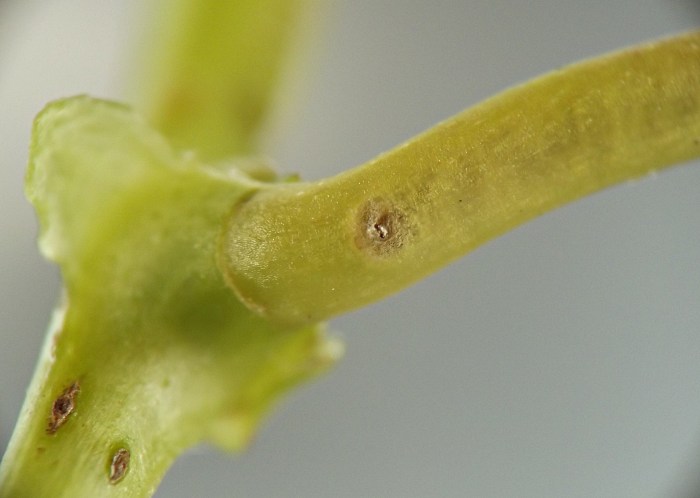
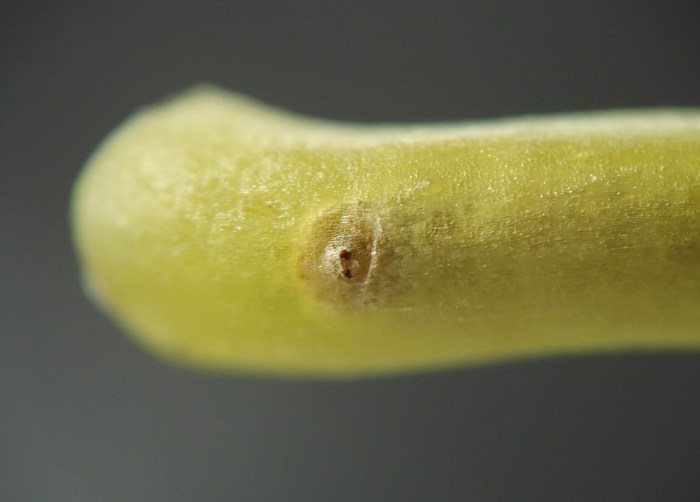
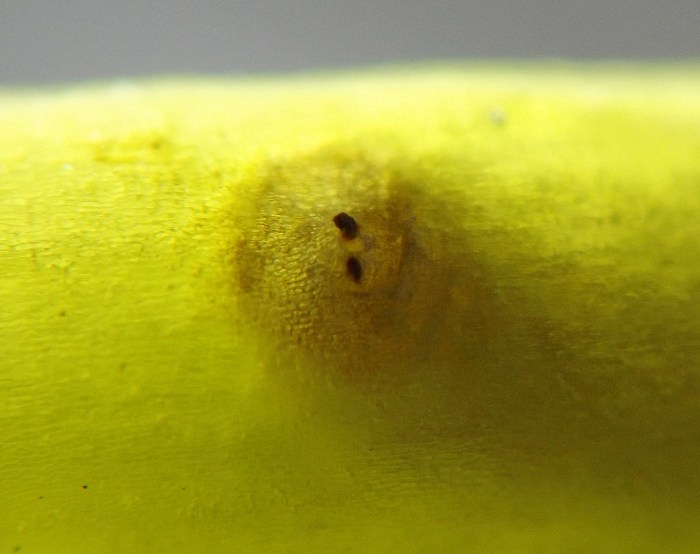
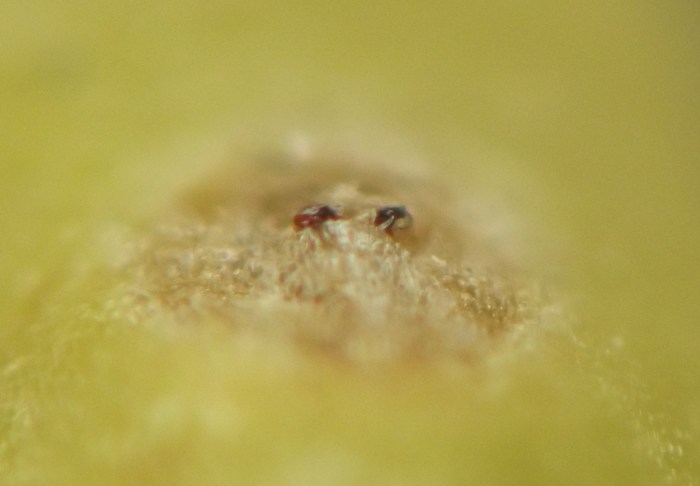





Specimen data for images
Field photo taken 07/09/22 (13); coll. 07/09/22, photos taken 07/10/22 (01-12, 14-15).
All specimens above from the Upper Midwest, USA.
References
[none]
Page created 09/08/23. Last update: 07/06/24